Rise of Social Media Influence
The Online Art Market is significantly influenced by the rise of social media platforms, which serve as powerful marketing tools for artists. These platforms allow artists to showcase their work, engage with potential buyers, and build a personal brand. The ability to reach a vast audience through social media has transformed how art is marketed and sold. Data suggests that a substantial percentage of art buyers discover new artists through social media channels. This trend indicates that social media is not just a promotional tool but a vital component of the Online Art Market, shaping consumer preferences and driving sales.
Expansion of Online Marketplaces
The Online Art Market is experiencing a notable expansion of online marketplaces, which serve as platforms for artists and collectors to connect. This proliferation of digital platforms has facilitated access to a wider audience, allowing artists to showcase their work to potential buyers across various regions. According to recent data, the number of online art sales has increased significantly, with estimates suggesting that online art sales could reach over 12 billion dollars by the end of 2025. This growth is indicative of a shift in consumer behavior, where art buyers are increasingly comfortable purchasing art online, thus driving the Online Art Market forward.
Emergence of Blockchain Technology
The Online Art Market is witnessing the emergence of blockchain technology, which offers a new level of transparency and security in art transactions. This technology enables artists to authenticate their work and provides buyers with verifiable ownership records. As a result, the potential for fraud is reduced, which is a critical concern in the art world. The integration of blockchain could lead to a more trustworthy environment for both artists and collectors, thereby encouraging more participants to engage in the Online Art Market. Furthermore, the market for non-fungible tokens (NFTs) has surged, with sales reaching unprecedented levels, indicating a growing acceptance of digital art forms.
Growing Interest in Art Investment
The Online Art Market is experiencing a growing interest in art as an investment asset. Investors are increasingly recognizing the potential for art to appreciate in value over time, leading to a surge in art purchases for investment purposes. Recent studies indicate that art has outperformed traditional investment vehicles, such as stocks and bonds, in certain periods. This trend is likely to attract a new demographic of buyers who view art not only as a decorative item but also as a financial asset. Consequently, this shift in perception could significantly impact the dynamics of the Online Art Market, driving sales and encouraging more transactions.
Increased Accessibility to Art Education
The Online Art Market benefits from increased accessibility to art education, which empowers a new generation of artists. With the rise of online courses and tutorials, aspiring artists can hone their skills and gain knowledge about the art market without geographical limitations. This democratization of art education is likely to result in a more diverse range of artists entering the market, which could enrich the Online Art Market. As more individuals gain the tools to create and promote their work, the overall volume of art available for sale online is expected to rise, potentially leading to increased sales and engagement.


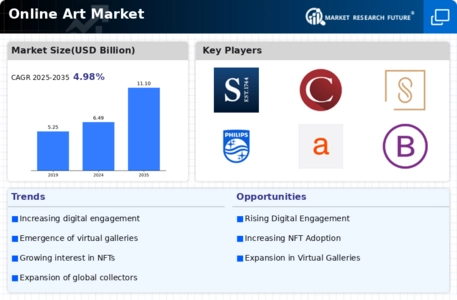


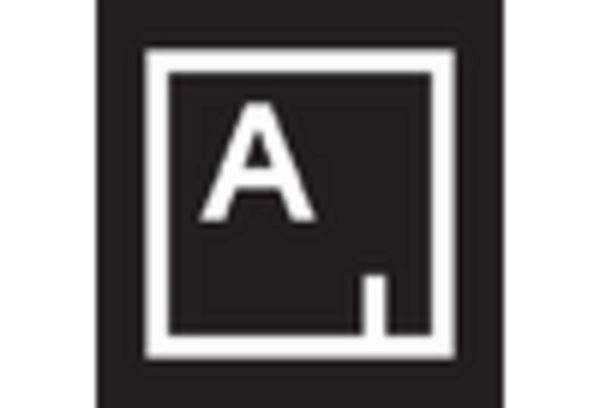
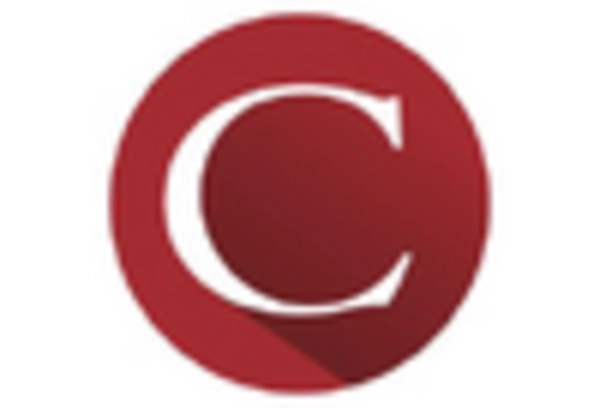
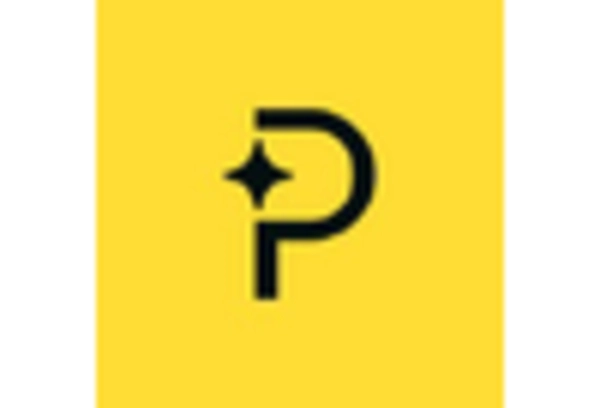
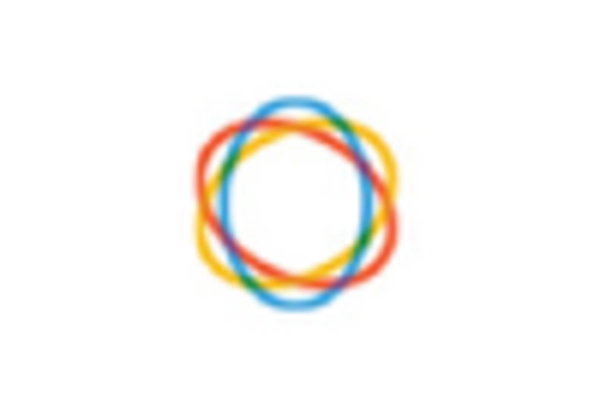
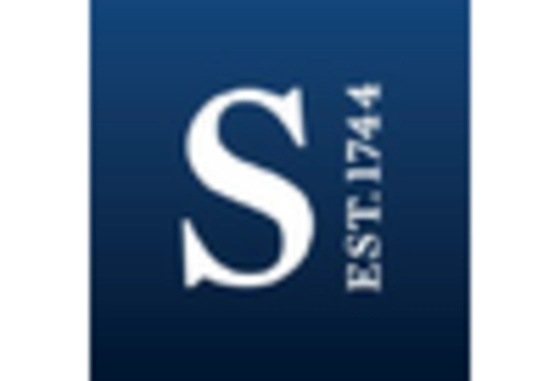








Leave a Comment